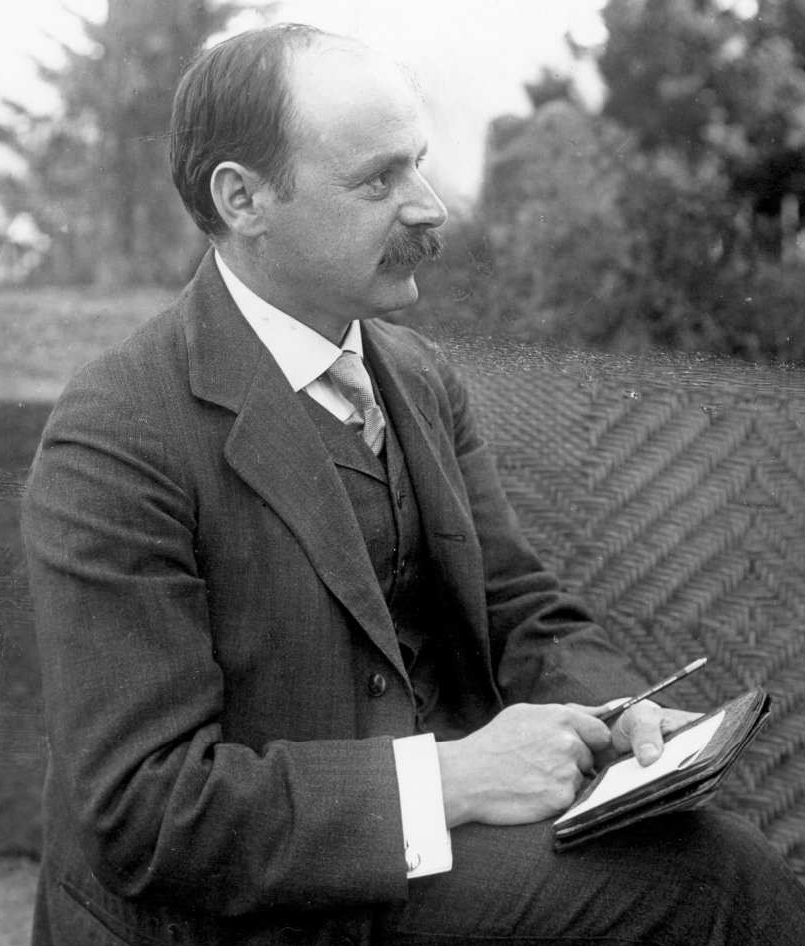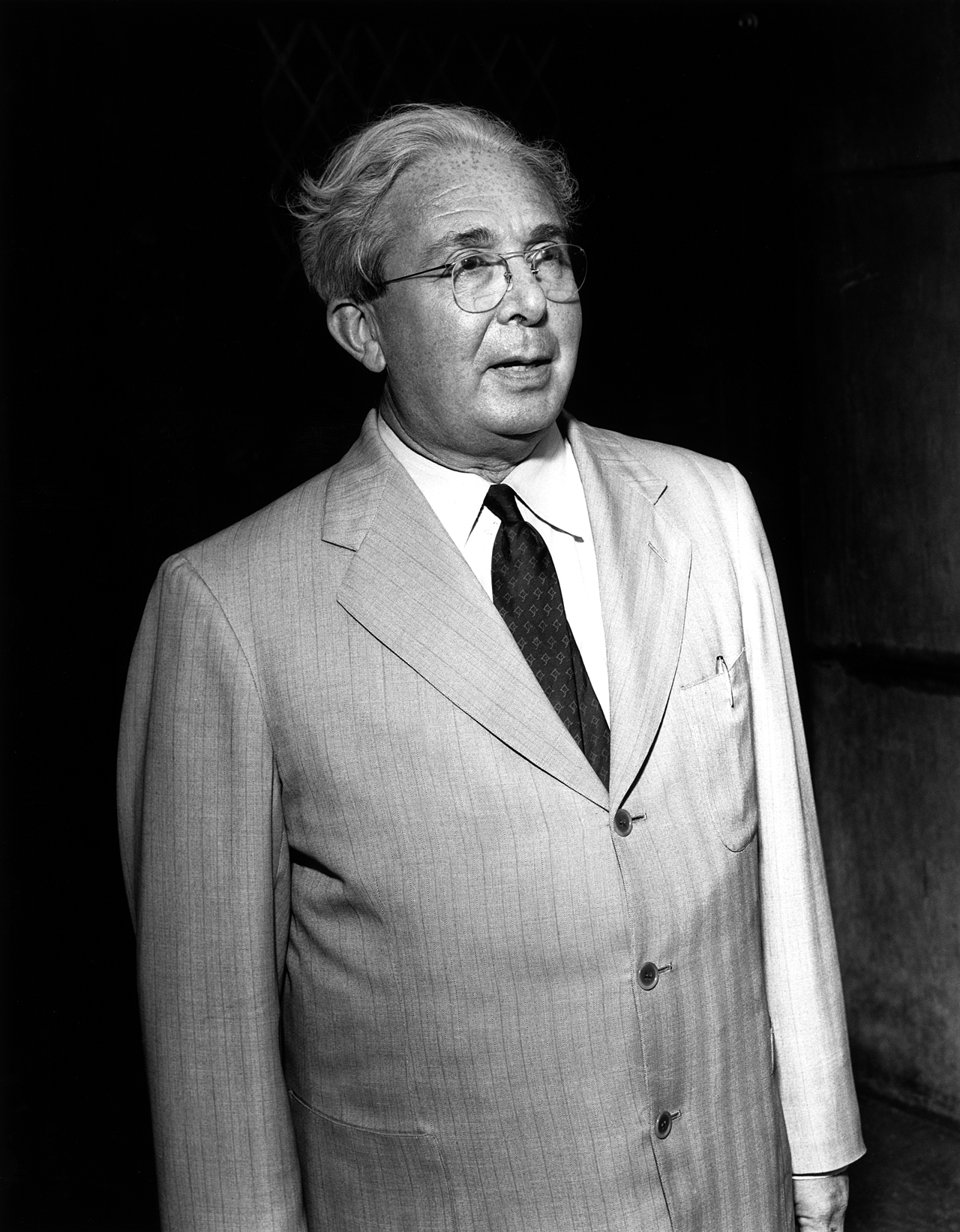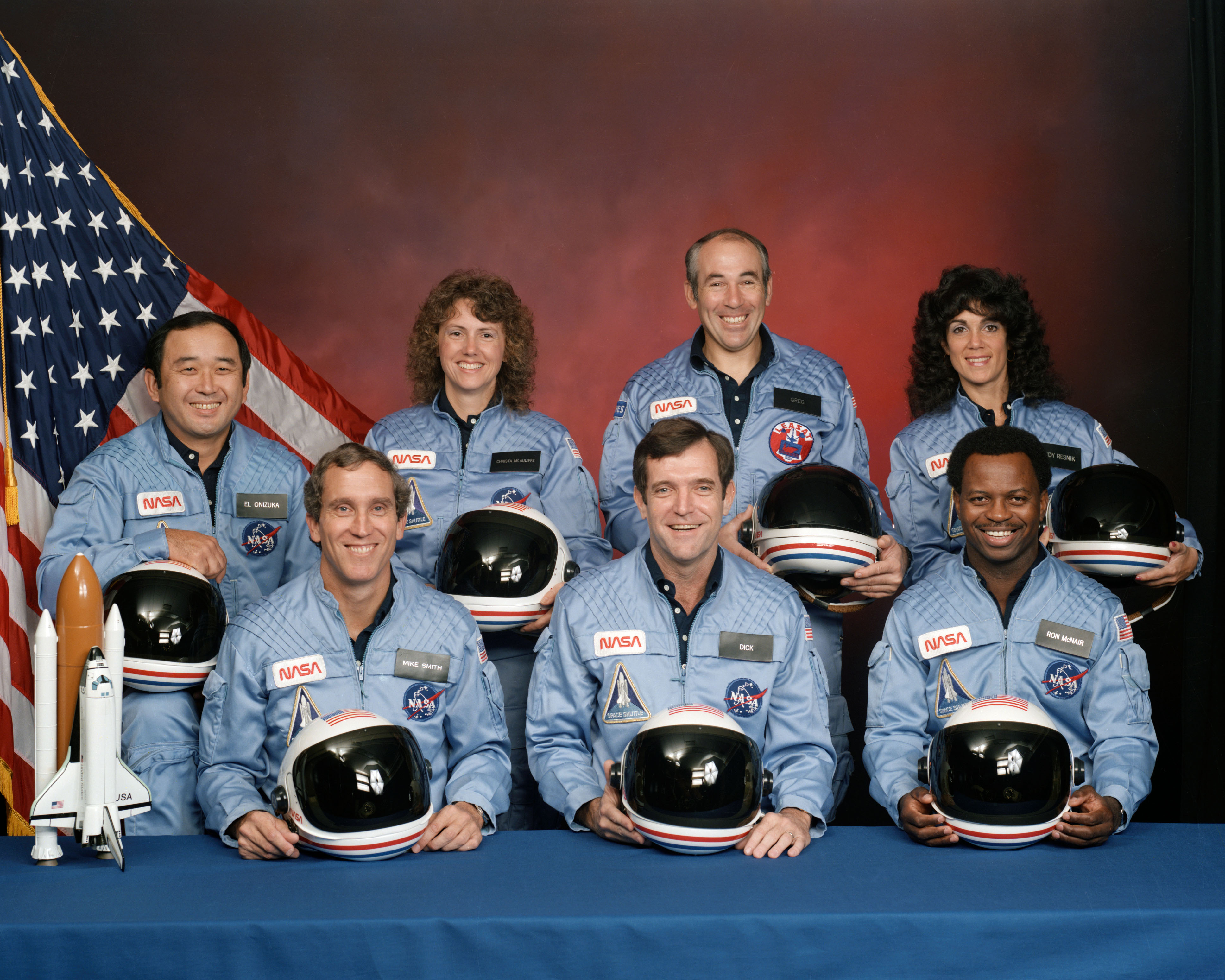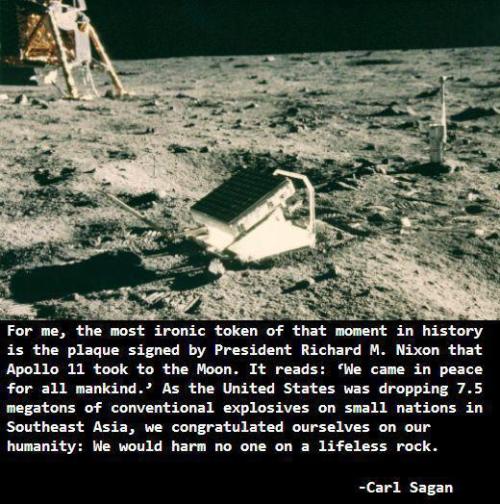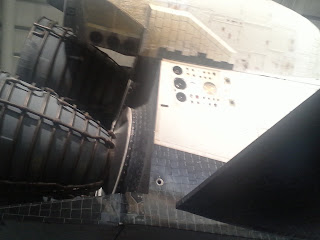(1) Positive Statement
What are you most proud of in your 2-Hour Presentation and/or your senior project? Why?
I am most proud of my Science Project. It was very ambitious, but I managed to pull it off and I was quite proud of the results. It was my own research and my own conclusion. I have had professors look at it and say, "I didn't think of it like that," or, "This is an interesting approach. I don't think anyone else has tried it this way." It meant so much to me to hear my ideas being taken seriously. In addition, I did the extra work and took it to the County Science Fair. There were many times when I felt like giving up on that, and I would make up these excuses as to why I should, but in the end I ignored them and I am very proud of myself for doing so.
What assessment would you give yourself on your 2-Hour Presentation (self-assessment)?
AE-I think I had a fairly ambitious presentation. For one thing, I had to present on four answers (all of which were approved.) I have heard that having more than three answers is quite rare, and as far as I know I am the only person in the class with four answers. My activity was also difficult and I feel I connected it well to all four of my answers and I feel like I did a good job of showing the class the problems physicists really have to face and what they actually do. I could have taken the easy way out on the activity and had a few worksheets or something, but I took a risk and it paid off, as everyone's Cloud Chamber worked and it was nice to see how excited they seemed when they saw the tracks appear. I feel that my Sponge activity was quite creative also and I put a lot of time into making those particles.
What assessment would you give yourself on your overall senior project (self-assessment)?
AE-I got an AE on the I-Search, the Exit Interview, the first Independent Component, and the Science Project. I feel that alone should put me at an AE, especially if I get the AE I feel I deserve on the 2-hour, but I also believe I went above and beyond in the level of mentorship I did. I could have very well taken the easy way out and looked for a Cal Poly graduate student as a mentor or something of the sort, but I was persistent and got mentorship with some of the best minds in particle physics today. I'm extremely grateful to Professor Wise for taking me on, but I'm also quite proud of myself for being courageous enough to speak to him in the first place. Besides that I also took the time to go to the LA County Science Fair (something only three other people did.)
(3) What worked for you in your senior project?
My persistence really paid off. There were so many times I could have taken an easier route, but I always resisted and I got results like my Science Project, my mentorship, and the activity for my 2-hour. I managed to learn calculus even with numerous setbacks and failed attempts at finding classes, and I took the physics and math SAT subject tests even when I didn't have to, and ended up getting into excellent colleges. I like my new attitude of refusing to back down, even if (and I'm sure some do) people find me insufferable or annoying. I think it will serve me well, as I have experienced firsthand the realities of being a woman in a scientific or technical job. No one is going to bully me out of the field, and I am not going to let myself make excuses as to why I shouldn't do something if it's hard or if there's a chance it may not work out.
(4) (What didn't work) If you had a time machine, what would have you done differently to improve your senior project if you could go back in time?
I think if I had a time machine (which is possible, theoretically, by utilizing the power of wormholes) I would first collect my Nobel Prize for inventing said time machine and then I would go back and try not to be so combative. I think I've alienated people, and I'm sorry about that. It means I've had to go about a lot of stuff alone when I could have had help. I have a strong personality, and when I'm passionate about something and I feel that I'm in the right (which I still stand by) I do get combative and people don't like that. It's my personality and I'm not really sure what to do about it, but it is rather too bad and is really the only thing that took away from my enjoyment of my senior project.
(5) Finding Value
People always talked a lot about how smart I was, and honestly, I didn't see it. I know a lot of things, that's true. But I hate being wrong, and I hate not being absolutely perfect at something the first time I try it. Those aren't qualities that make someone a smart person, in my opinion. I never tried anything new, I never really tried to challenge myself academically, I didn't like trying to figure out new ways to do things, preferring to learn what someone else had already figured out. In the end, though, this wasn't enough for me. I took a huge risk picking this as my senior topic and stepped completely out of my comfort zone. In the end, I think it paid off. Finally, I've learned to really think for myself. I have confidence in my own thoughts, my own ideas, and even if no one else on the planet thinks that way, I have learned that's perfectly alright, as long as you can back up your thoughts with evidence. If it worked for Isaac Newton and Albert Einstein, I think it can work for me. This doesn't get you very many friends and, at least at the beginning, it usually doesn't win you very many admirers, but in the end, the people who think this way are the ones that history remembers, and the ones that truly leave something behind on Earth.










